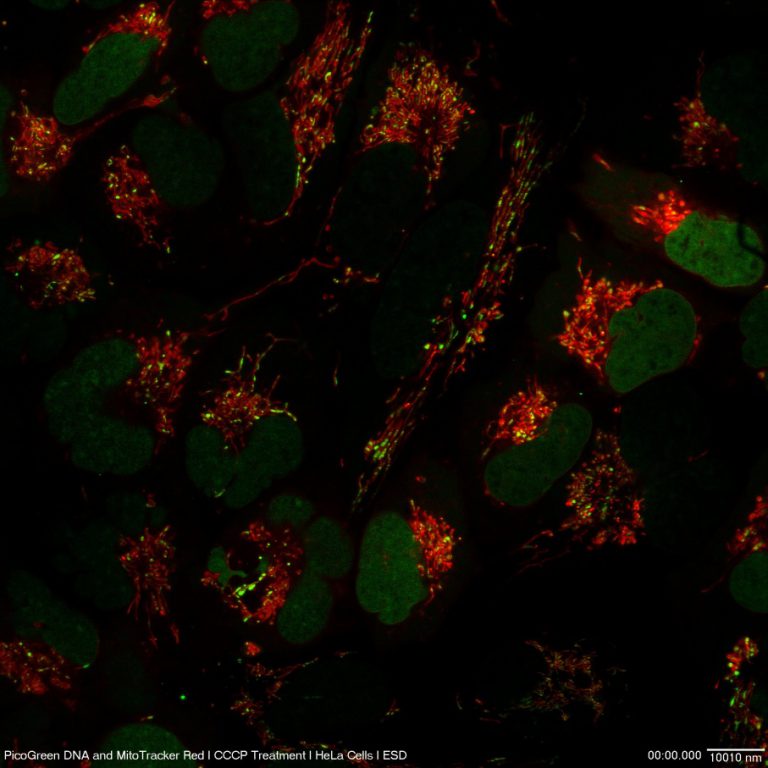Live Cell Imaging with Super Biology Diagrams In this long history of cell biology of mitosis, however, whole-cell three-dimensional (3D) live imaging with sufficient spatiotemporal resolution to discriminate nanoscale-sized mitotic machineries and completely track their movements has never been achieved. Liu Z, Lavis LD, Betzig E (2015) Imaging live-cell dynamics and structure at the

73.1K Views. Mitosis is a form of cell division in which a cell's genetic material is divided equally between two daughter cells. Mitosis can be broken down into six phases, during each of which the cell's components, such as its chromosomes, show visually distinct characteristics. Advances in fluorescence live cell imaging have allowed scientists to study this process in great detail For live imaging, use a temporal resolution of less than 5 min to enable the identification of the different phases of mitosis. Using Syto11 and/or histone H2B-EGFP, 4 - 5 hr of live imaging are sufficient to observe a significant number of mitotic cells.

cell fluorescence imaging for phenotypic analysis of mitosis Biology Diagrams
Live cell time-lapse imaging is an important tool in cell biology that provides insight into cellular processes that might otherwise be overlooked, misunderstood, or misinterpreted by the fixed-cell analysis. including the identification of cells at various stages in mitosis, identification and tracking of mitotic defects, and analysis of Live-cell fluorescence microscopy is a powerful tool for characterizing aberrant mitotic phenotypes resulting from exposure to chemical inhibitors or after depletion of protein targets by RNA interference or other methods. Live imaging of cultured cells during mitotic progression presents challenges …

Mitosis is the cell cycle phase where the cell divides into two daughter cells. A successful mitosis requires the equal partitioning of the genetic material into two daughter cells. Since then, live-cell imaging has been the method of choice to capture the rapid sequence of mitotic events and the dynamicity of the mitotic spindle. Indeed

cell imaging at different timescales Biology Diagrams
1.2 Live-Cell Imaging Considerations 1.2.1 Environment. Maintaining cell health is critical in live-imaging experiments. Mammalian cells must be viable and healthy during the imaging process to ensure that they will progress normally through the cell cycle. Important parameters that must be maintained include temperature, osmotic pressure and pH. Mitosis is a highly dynamic and choreographed process in which chromosomes are captured by the mitotic spindle and physically segregated into the two daughter cells to ensure faithful transmission of the genetic material. Live-cell fluorescence microscopy enables these dynamics to be analyzed over diverse temporal scales.
